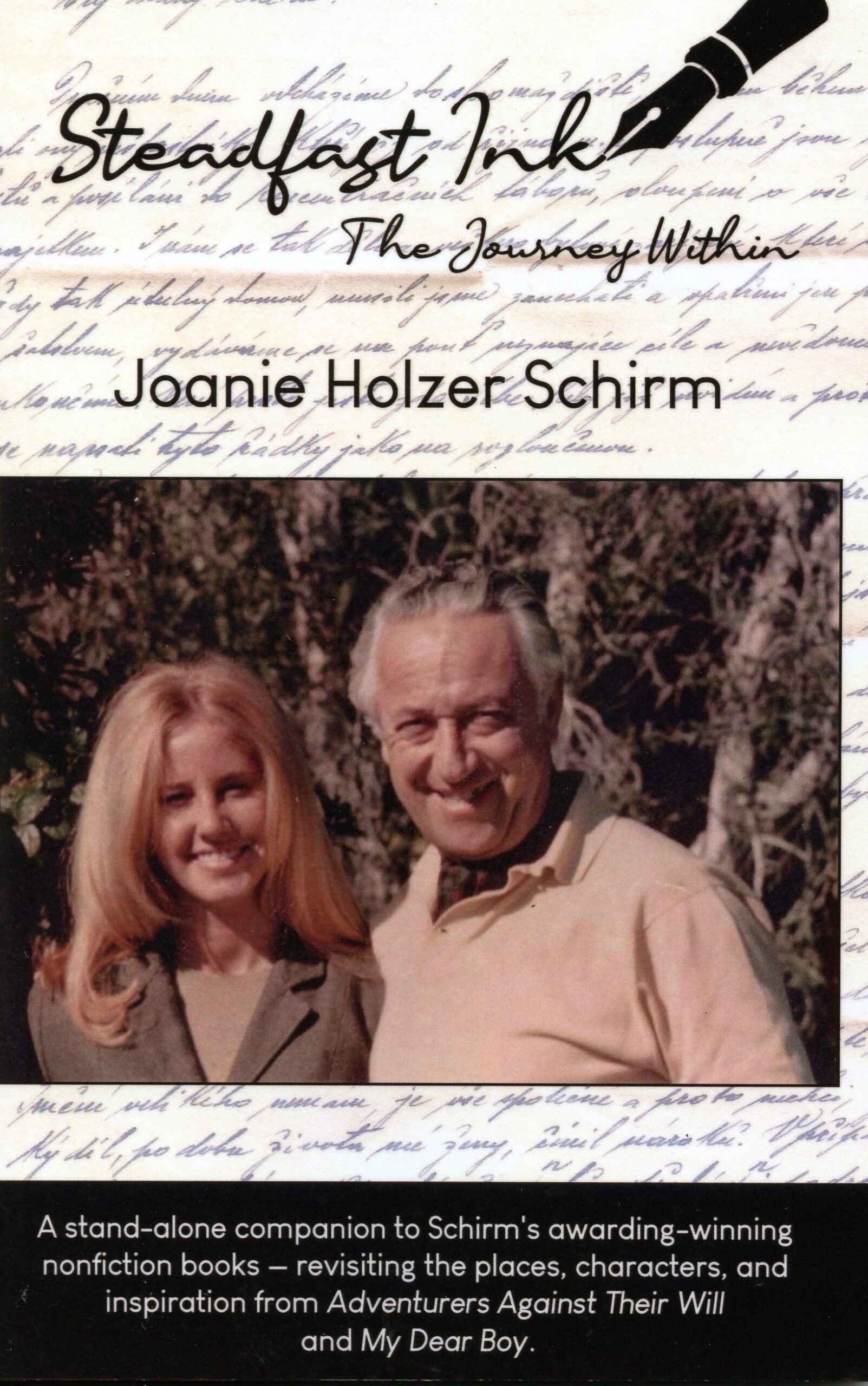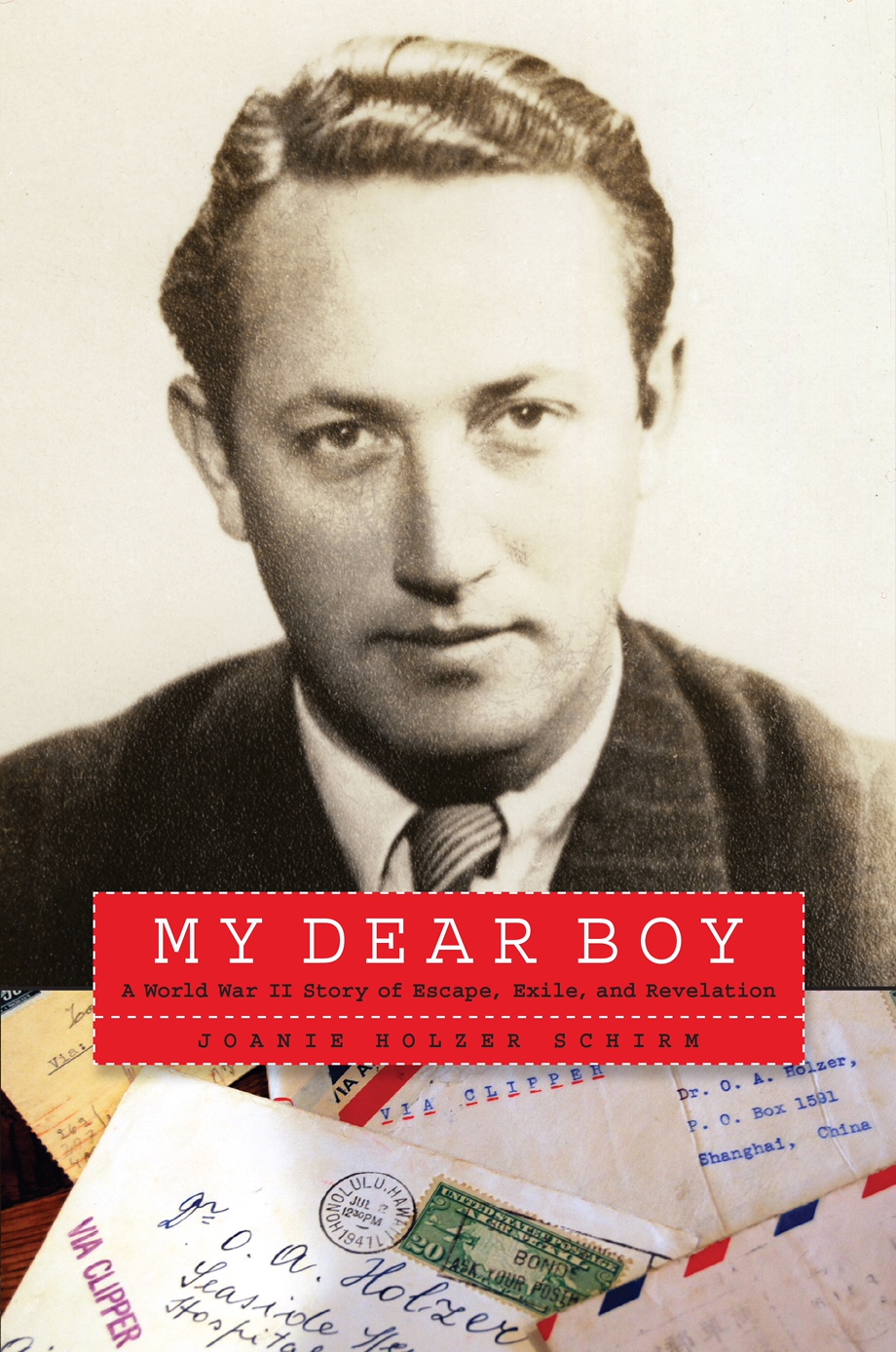The 80th Anniversary of the Wannsee Conference
…What it Means for Today By Joanie Holzer Schirm
“For evil to flourish, it only requires good men to do nothing.” —Simon Wiesenthal
In late May 1942, train records indicate that my paternal Czech Bohemian grandparents, Arnost and Olga Holzer, perished at the hands of the Nazis at Sobibor death camp near a swamp close to the small village Sobibor, Poland. During the German occupation, the area was known as the Lublin District of the General Government. Their lives likely ended on the day of their arrival: May 27, 1942.
On that same date in 2009, with my husband Roger and Czech cousin Tomas by my side, I visited the memorial at Sobibor. A Holocaust expert from Poland, Robert, who accompanied us, said my grandparents were likely some of the first victims to arrive at this death camp, murdered that same day via a gunshot or poison gas. Experts now believe Sobibor was the fourth-deadliest Nazi camp after Belzec, Treblinka, and Auschwitz. As we got into the car to leave the grounds, Robert said in a sympathetic murmur, “the grandparents you never met were murdered simply because of the Nazi’s hatred of the Jewish people.”
The creation of Sobibor was a well-planned initiative. In November 1941, Reinhart Heydrich, then Chief of the Reich Security Main Office, Deputy Reich Protector for Bohemia and Moravia, and SS Oberguppenfuhrer (Lieutenant-General), sent invitations for a January 1942 conference to be held in Wannsee, a Berlin suburb. His invitation list included fifteen senior representatives from government ministries and representatives from the SS. Of the fifteen, eight held doctoral degrees. A letter from Hermann Goering dated July 31 had authorized Heydrich to plan a so-called Final Solution to the Jewish question. That became goal number one.
But before the January 20, 1942 conference occurred, much changed on the war front. The Soviet Army began a counter-offensive near Moscow, intensifying the war with the Nazis. On December 7, 1941, the Japanese attacked the U.S. at Pearl Harbor, causing the U.S. to declare war the next day on Japan. The Reich government then declared war on the U.S. on December 11, leading to the U.S. declaring war on Germany the same day. Around this time, experts believe that Hitler resolved that the Jews of Europe were to be exterminated.
The conference’s secondary goal was to arrive at a definition of who was Jewish. Identifying degrees of Jewishness, Heydrich announced that Mischlinges (mixed-race persons) of the first degree (with two Jewish grandparents) would be treated like a Jew. When I learned this history as an adult, I realized had I been born at that time (of my parent’s later marriage), I would have identified as a Mischlinge. I might have met the fate of the forty-four Czech relatives who died in the Holocaust, mainly at Auschwitz.
My father, Dr. O. A. Holzer survived by escaping Prague for China, where he served as a physician in Shanghai, Ping Ting Hsien, and Beijing (then Peking). Eight decades have passed since the Wannsee Conference led to the killing of one in three Jews living in Europe at the time. Often as the decades go by, we forget what history teaches us. But we must never forget Simon Wiesenthal’s quote:
“For evil to flourish, it only requires good men to do nothing.”
Wiesenthal’s words feel hauntingly appropriate in 2022, with democracies worldwide under violent attack. We must each do whatever we can to keep from repeating a violent past like the one that took away my paternal grandparents and some eleven million others, Jews and non-Jews, who perished in the Holocaust.
Play a part in strengthening democracy by upholding just and fair democratic values that serve as the cornerstone to creating and maintaining stable governments, of the people, for the people.
We must not be silent. Joanie Holzer Schirm joanie@joanieschirm.com
Nonfiction Author: Adventurers Against Their Will; My Dear Boy: A World War Story of Escape, Exile, and Revelation; Steadfast Ink: The Journey Within




